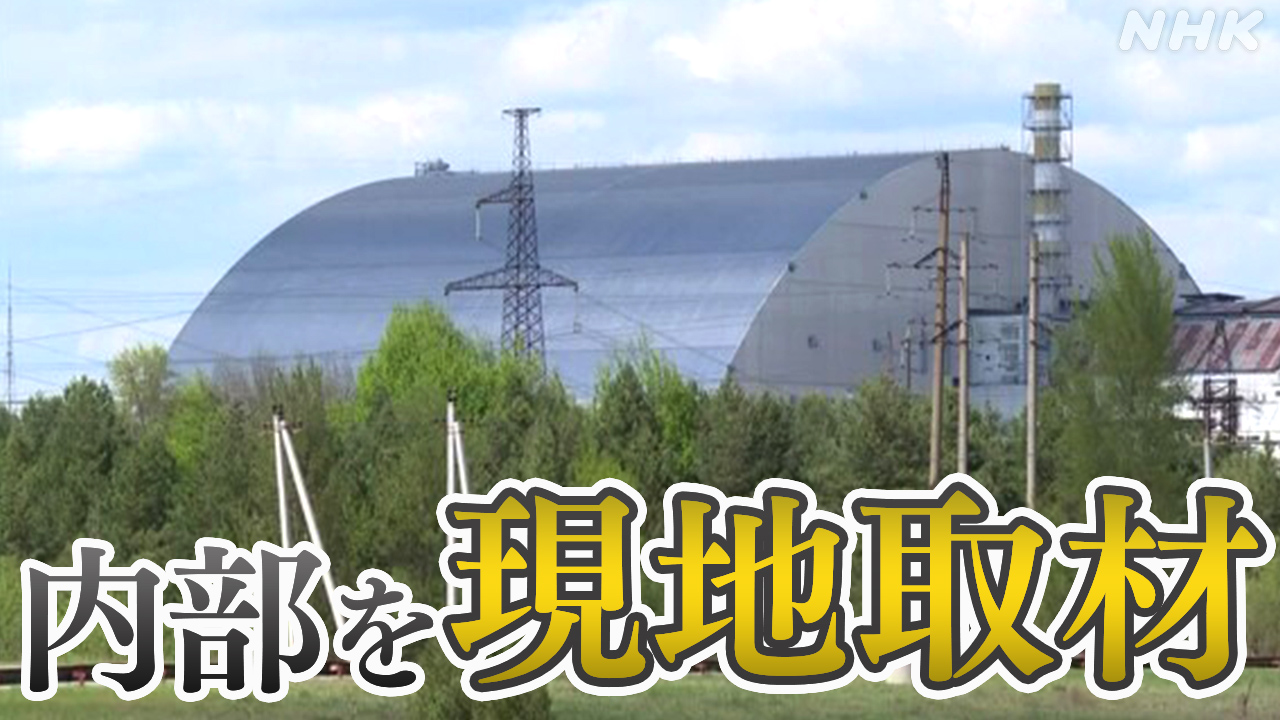Chernobyl Shelter Condition: Post-Russian Assault - A Concerning Update
The ongoing conflict in Ukraine has cast a long shadow over the Chernobyl Exclusion Zone, raising serious concerns about the safety and security of the Chernobyl Nuclear Power Plant and its sarcophagus, the shelter encasing the damaged reactor. The recent Russian assault on the area has left the world anxiously awaiting a full assessment of the damage and its potential long-term implications. This article provides an update on the current situation, analyzing the reported impacts and the ongoing challenges.
The Initial Assault and its Aftermath
The Russian occupation of Chernobyl in the early days of the invasion sparked global alarm. Reports surfaced of heightened radiation levels in some areas, damaged infrastructure, and the displacement of the plant's personnel. While the full extent of the damage inflicted during the initial assault remains unclear due to limited access and information control, initial concerns centered around:
- Disrupted Monitoring Systems: The fighting disrupted the continuous monitoring of radiation levels, raising concerns about potential leaks or undetected changes in the environment.
- Compromised Security: The temporary loss of control over the site posed a significant security risk, potentially allowing unauthorized access to hazardous materials.
- Staff Displacement and Safety: The forced displacement of experienced personnel could have jeopardized the safe operation and maintenance of the site.
The Immediate Fallout: A Global Concern
The events unfolding at Chernobyl immediately triggered international anxieties. The potential for a catastrophic release of radioactive materials was a major concern, potentially impacting not only Ukraine but also neighboring countries and even further afield. International organizations, such as the IAEA (International Atomic Energy Agency), closely monitored the situation, issuing statements and calls for immediate de-escalation.
Post-Occupation Assessment and Ongoing Challenges
Following the withdrawal of Russian forces, international teams were able to access the Chernobyl site to conduct assessments. While initial reports suggested the primary containment structure remained intact, significant damage to infrastructure and equipment was observed.
- Infrastructure Damage: Reports detailed damage to buildings, power lines, and communication systems. The restoration of these systems is crucial for the continued safe operation of the site.
- Long-Term Environmental Impacts: The long-term environmental effects of the occupation and the disruption to monitoring systems are still being assessed. This includes potential impact on wildlife and the long-term contamination of the surrounding areas.
- Psychological Impact on Personnel: The stress and trauma experienced by the staff during the occupation cannot be overlooked. The psychological wellbeing of the personnel is crucial for ensuring the ongoing safe operation of the Chernobyl Nuclear Power Plant.
The Road to Recovery: A Collaborative Effort
The restoration and stabilization of the Chernobyl site is a complex undertaking, requiring international cooperation and substantial financial resources. This involves not only repairing physical damage but also restoring the comprehensive monitoring systems necessary to track radiation levels and environmental changes effectively.
The Future of Chernobyl: Addressing Long-Term Concerns
The events surrounding the Russian assault on Chernobyl have highlighted the vulnerability of such critical sites in times of conflict. The international community must work collaboratively to ensure the long-term safety and security of the site and address the legacy of the Chernobyl disaster. This requires ongoing monitoring, international cooperation, and a sustained commitment to addressing the long-term environmental and health consequences.
Further Reading:
This situation continues to evolve. Stay informed about the latest developments through reputable news sources and official channels. Your awareness is crucial for understanding the implications of this critical issue.
